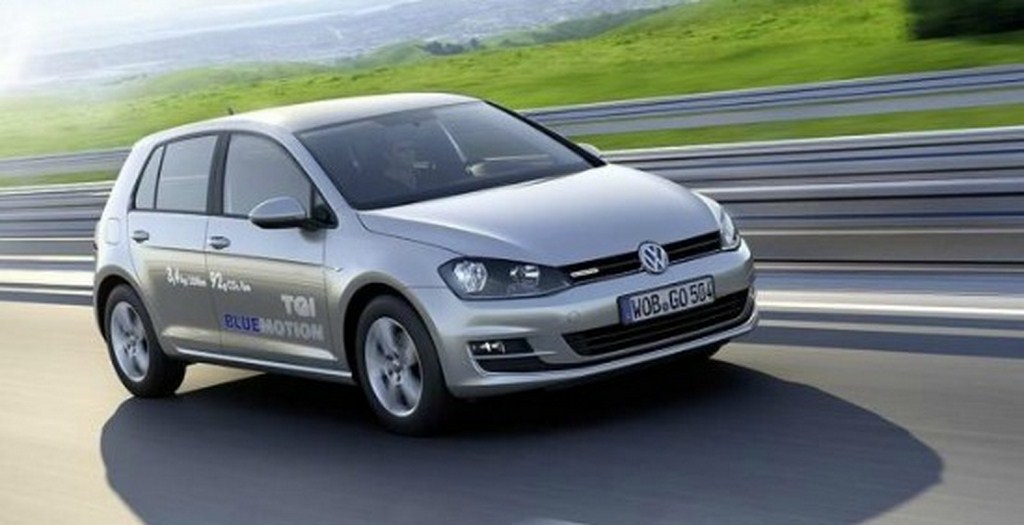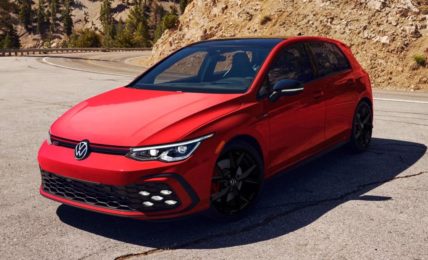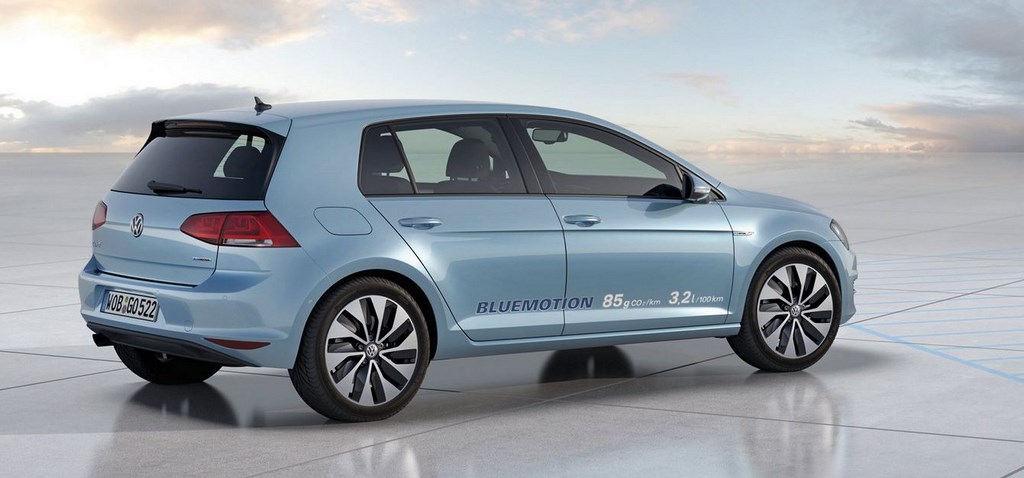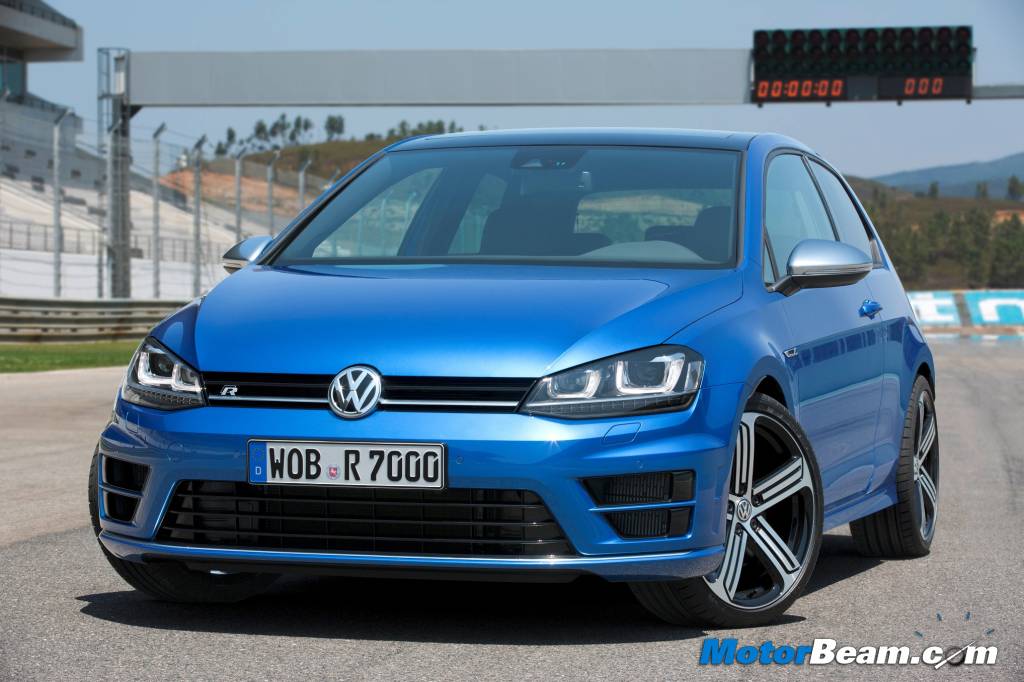
2014 Volkswagen Golf R Review
Car Tested: 2014 Volkswagen Golf R
Price OTR Mumbai: Rs. 40 lakhs (est.)
The Golf R proves yet again that downsizing and performance can go hand in hand.
One of Volkswagen’s favourite models based on the new MQB platform is the Golf GTI hatchback and the newest derivative is the performance oriented Golf R. For Volkswagen, having an ‘R’ badged Golf is not a new concept for the brand. The first ‘R’ badged Golf was built on the Gen IV Golf platform way back in 2002 and what remains unchanged in the USP that each new ‘R’ version of this model series has to be able to justify the title of “strongest Golf of all times”. In the early days of creating a performance variant the mantra was to find the biggest V8 or V6 engine and have it shoehorned in the engine bay. Well, the biggest engine that could be grafted into the Golf was a 3.2-litre V6. VW has also grafted six-cylinder engines in the Mark 2, 3 and 4 Golf’s, but their displacements were usually under 2.5-litre and peak output achieved around 170 HP. In the first Gen IV based ‘R’ version launched in 2002, the output was 237 HP. From the very beginning VW has ensured the ‘R’ came with latest in engineering. In fact, it was the world’s first production car to be offered with DSG transmission.
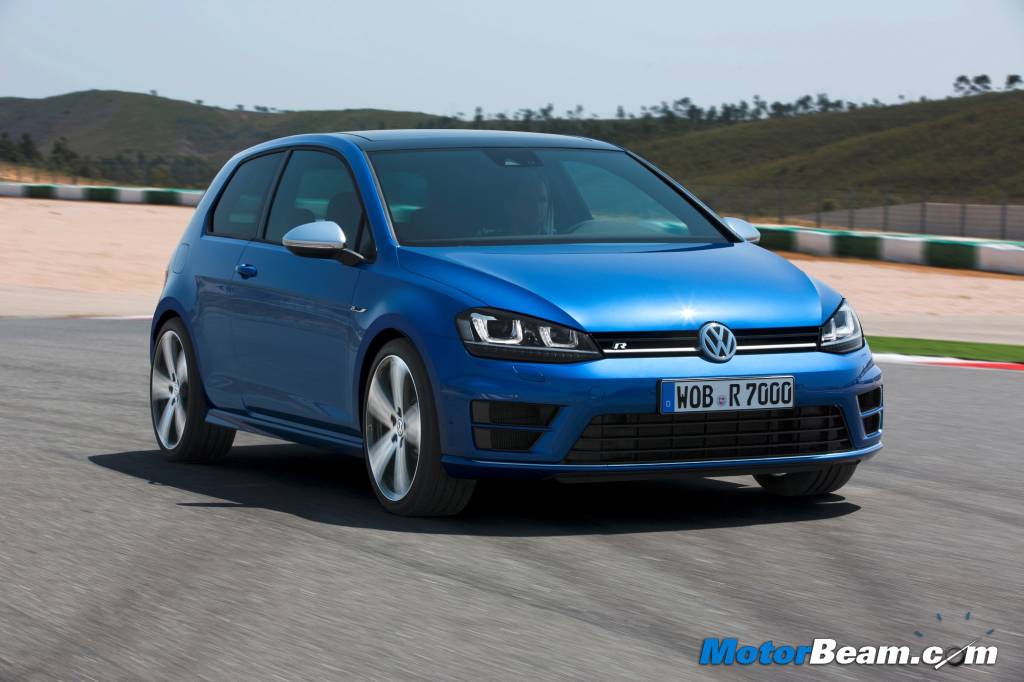
The new Volkswagen Golf R was revealed to the public at the 2013 Frankfurt Motor Show. It’s built on the latest MQB platform, same as the regular Gen VII Golf or GTI. Over the years as the Golf generations moved forward, VW has consistently kept the engineering up-to-date in the ‘R’ variants and also factored in the benefits of technology applications like lightweight construction, downsizing, fuel efficiency and economy among others. At 1435 kgs with the DSG set-up, it is 100 kgs heavier than the GTI (largely due to the AWD system), but this R is about 50 kgs lighter than the outgoing one, part in thanks to the modular MQB architecture.
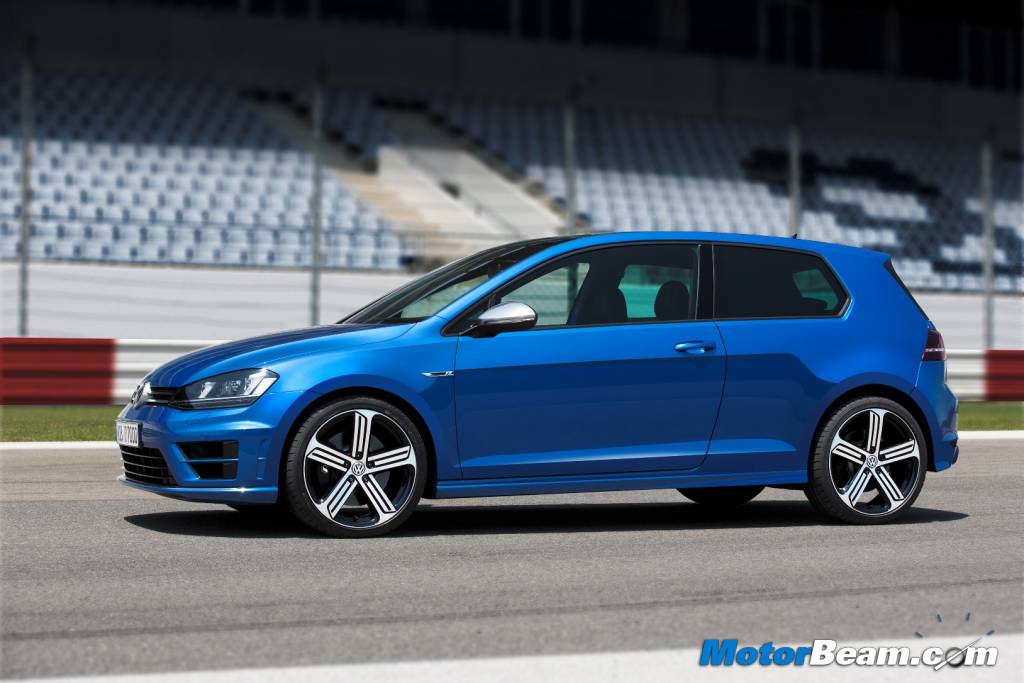
The car sports a similar Golf profile but it does get its signature styling treatment in the form of badging and aero-profiled kit. The vehicle which now has some track oriented kit as standard also has its suspension lowered by 20 mm for better road holding. Compared to the stock Golf and GTI, the ‘R’ is lowered by 20 mm and 5 mm respectively. Cosmetic kit beyond the lower body include 19-inch wheels with fat tyres, bi-xenon headlamps with newly designed LED day-time running lights, dark red LED tail lights and quad chrome tail-pipe tips.
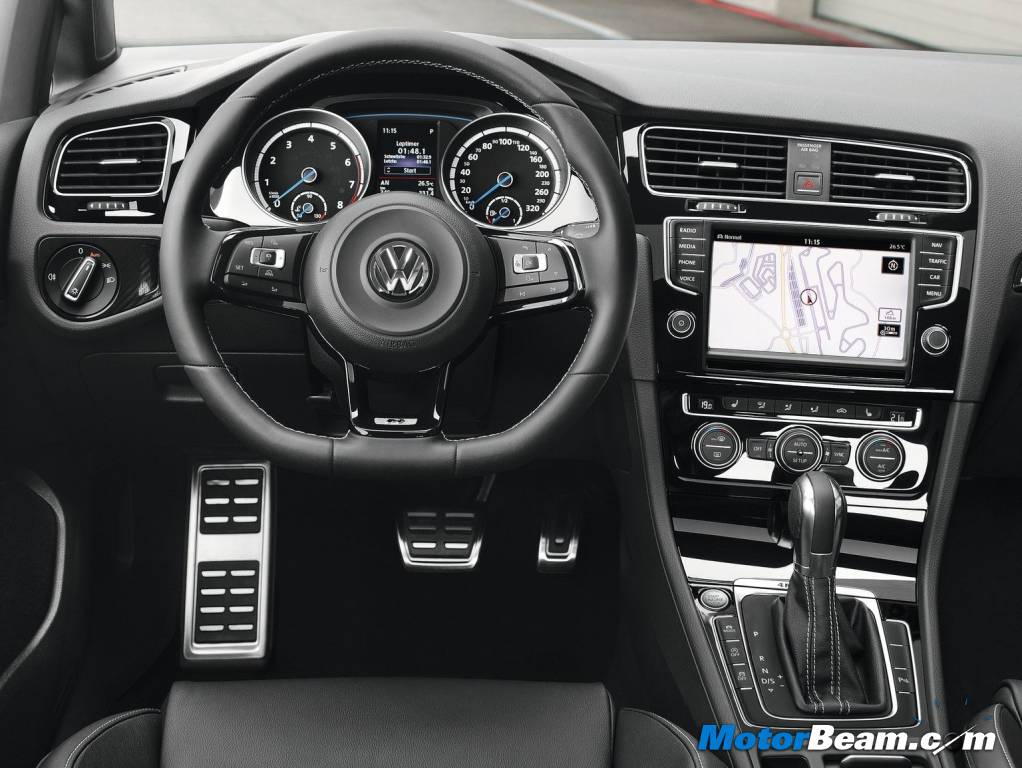
Inside the cabin, is a familiar Golf set-up. The car’s sports seat come with cloth and suede-like Alcanatara, piano black inserts, 4MOTION badges and ambient blue cabin lighting and instrument dials. Level of standard equipment for a track-cum-road package is impressive and includes a 5.8-inch touch-screen to display media and entertainment and the five driving modes, a reversing camera, keyless start (with a starter button) and parking sensors.
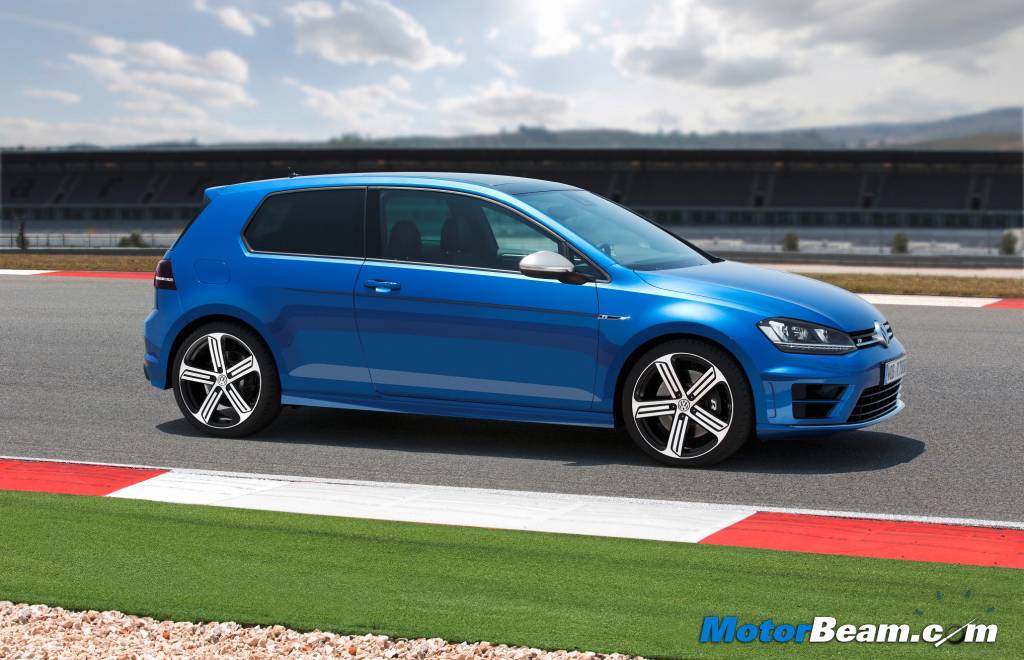
However, the biggest news is under the bonnet. While both previous generations (Gen I and II) of the R32 were powered by VW’s narrow-angle naturally aspirated six-cylinder, the outgoing R was endowed with a detuned 2.0-litre turbocharged and direct-injected inline-four from the Audi TTS. This set-up pumped out 256 HP and 330 Nm of torque. For the current version of the ‘R’, VW have taken it a level further by re-working the 2.0-litre (EA888) engine and extracting more output than the GTI engine on which it is based. While it retains unique engineering features such as a wastegate, it is designed to stay shut at low boost and only releases gas flow under heavy use, thereby minimising losses and turbo lag. Extra output and torque (50 Nm) come courtesy of a redesigned cylinder head, exhaust valves, valve seats and springs, new pistons and high-pressure injection valves, and most of all, a bigger turbocharger. Peak power of 300 PS is on tap from 5500 to 6200 RPM while maximum torque of 380 Nm is available between 1800 and 5500 RPM.
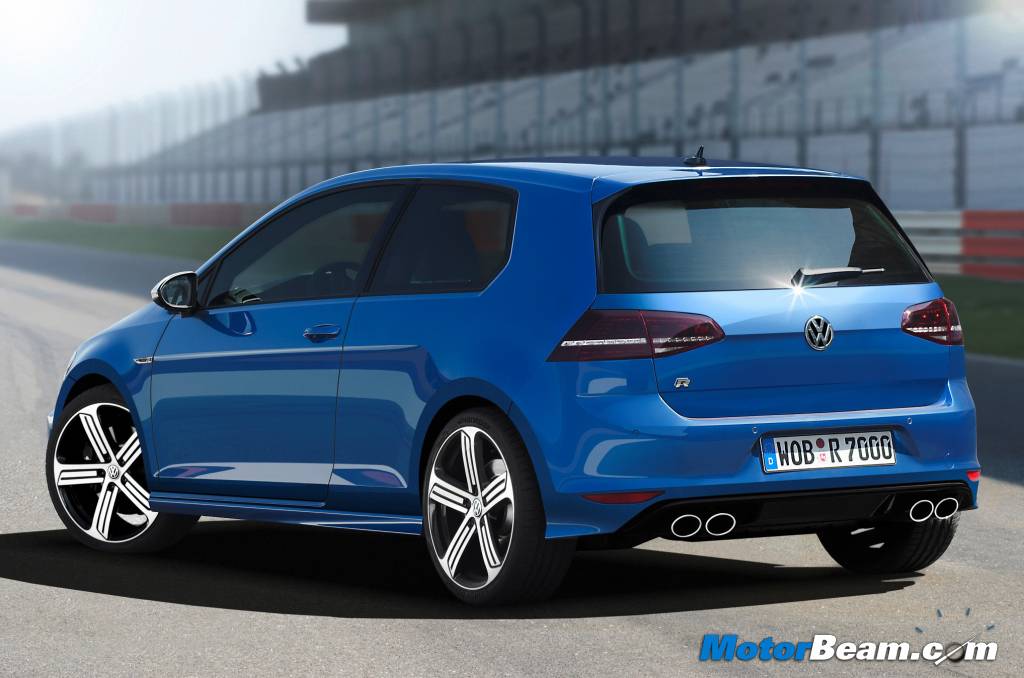
Drivers of this car are also offered an advanced version of the GTI’s Driving Profile Selector, with Eco, Normal, Individual, Comfort and Race modes. These can be accessed via the touch-screen display and depending on what mode is selected, electronics tweaks the shock absorbers, steering, throttle response and adaptive cruise control to make them more aggressive or more sedate. Also, unique to the ‘R’ is a fully switchable stability control system that can be switched off for track work with a long press of a button.
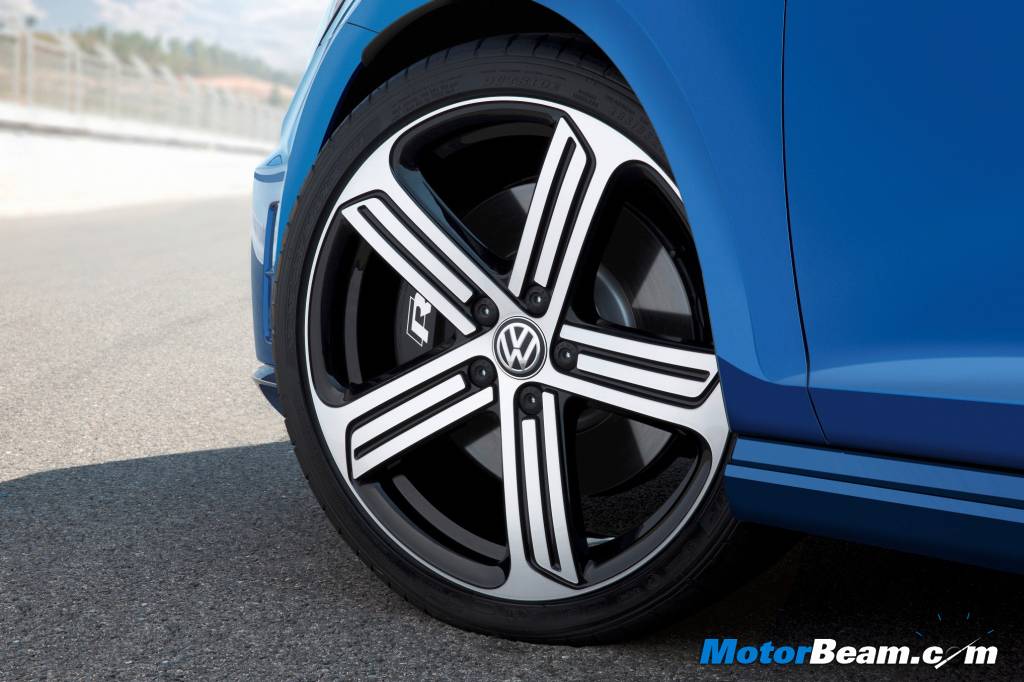
The car’s electro-mechanical steering system is also used in the GTI and takes only 2.1 turns lock-to-lock. Suspension comprises McPherson spring struts up front and a multi-link arrangement at the rear. The car also gets the fifth-generation front-biased Haldex-coupling 4MOTION AWD system which channels power through all four 19-inch wheels shod with 235/35/R19 rubber.
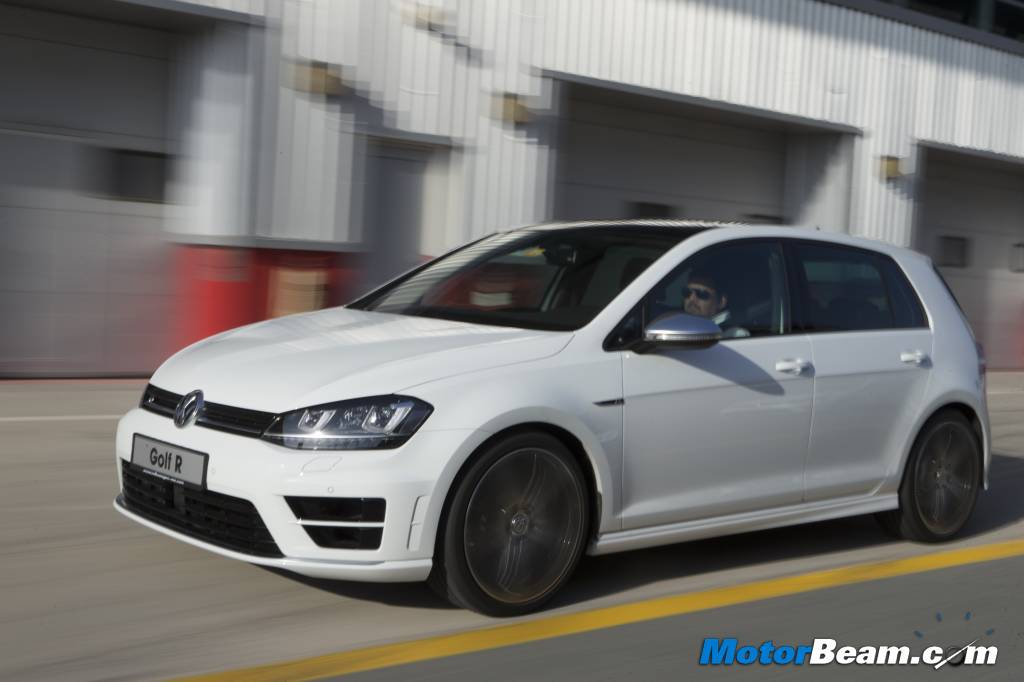
I have driven the previous iterations of the Golf ‘R’ including the VR6 versions and last year during the Volkswagen Driving Experience in Arvidsjaur, Sweden, had the opportunity to drive the Golf VII and briefly enjoy the new Golf ‘R’ on ice. While Gen I and Gen II Golf ‘R’s were quite powerful at the time, they did suffer in the handling department due to the heavy front axles. Excessive torque steer was also an issue. This aspect got improved, I’d rather say ‘corrected’ after the lighter four-cylinder engine versions came. Our test car came with a dual-clutch automatic transmission which is actually faster than a manual version. Volkswagen says the manual-equipped Golf R can dash from 0 to 100 km/hr in 5.1 seconds or 4.9 seconds with the automatic. One just has to tap the throttle to realize the acceleration potential and on track downshifts were accompanied by a deep throated exhaust blip – a befitting characteristic in this set-up. Torque delivery and the way it is spread helps the driver to explore the transmission’s character – fast changes and holding as appropriately needed.
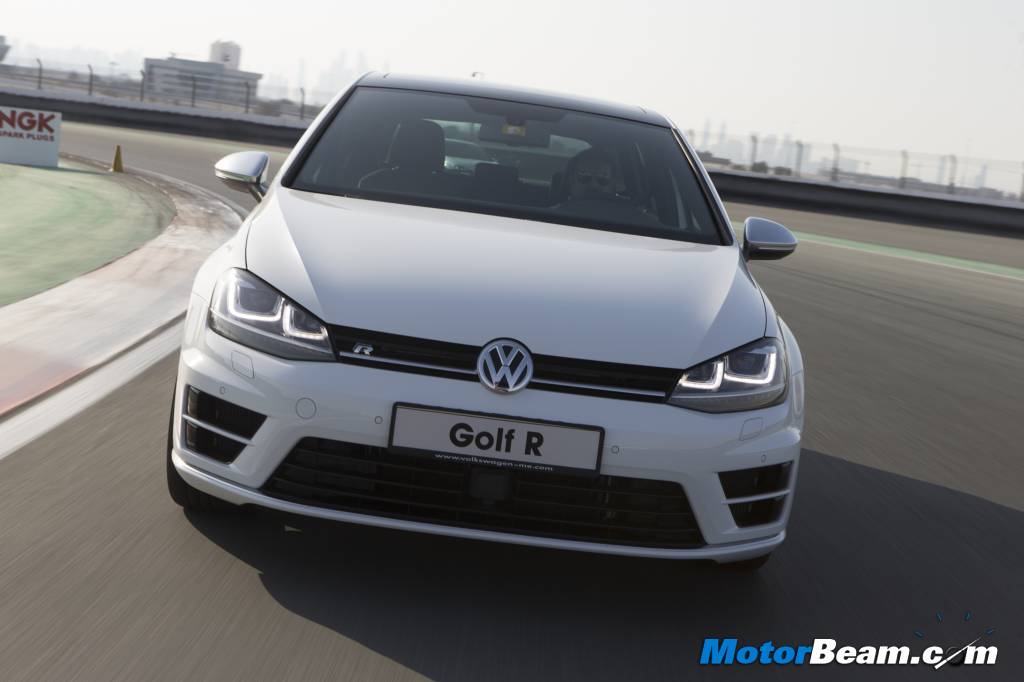
We were given the opportunity to explore the car at the Autodrome facility in Dubai in a programme designed to simulate normal road usage, fast paced laps and some specific handling exercises. After a few minutes behind the wheel of the car, its true character begins to show up and what we particularly liked was the composure and the way it is able to offer balanced performance in its double role as an accomplished daily commuter or a fiery hot hatch. The car’s adaptive suspension which enables the driver to select three different ride settings is mostly responsible for this.
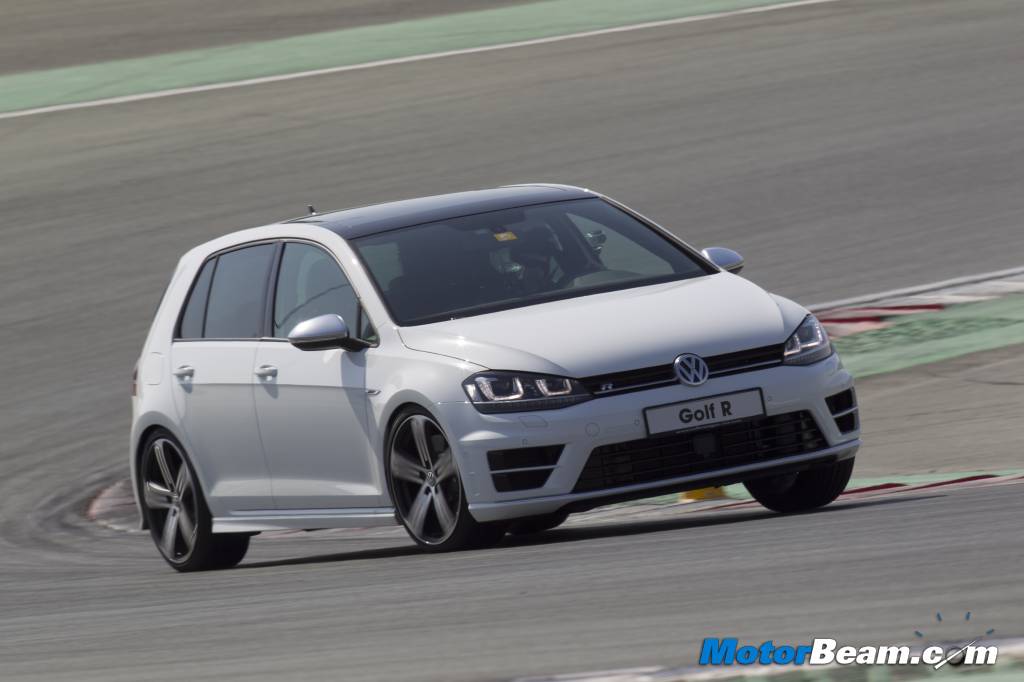
In terms of performance and handling, usually rear-wheel drive muscle cars have a chassis strong enough to cope with the demands. The way the Golf ‘R”s chassis set-up is engineered, its powered rear axle nearly neutralizes the car’s tendency to understeer. Meeting the job description to enable the car to handle neutral no matter what is thrown in, is a differential, half-shafts, and a driveshaft that enables the front-axle weight to 60 percent versus 62 percent in the GTI. I remembered at this point from the spec sheet where VW suggests the Haldex four-wheel-drive 4Motion set-up will react to slippage and will send all available torque to either axle. After several rounds and hot laps, we have no reason to doubt this, as the Golf R will, at times, act like a rear wheel drive car and perhaps add some driver fun by moving the rear out a bit under power. Most of the car’s 300 PS were well used at the Autodrome by us!
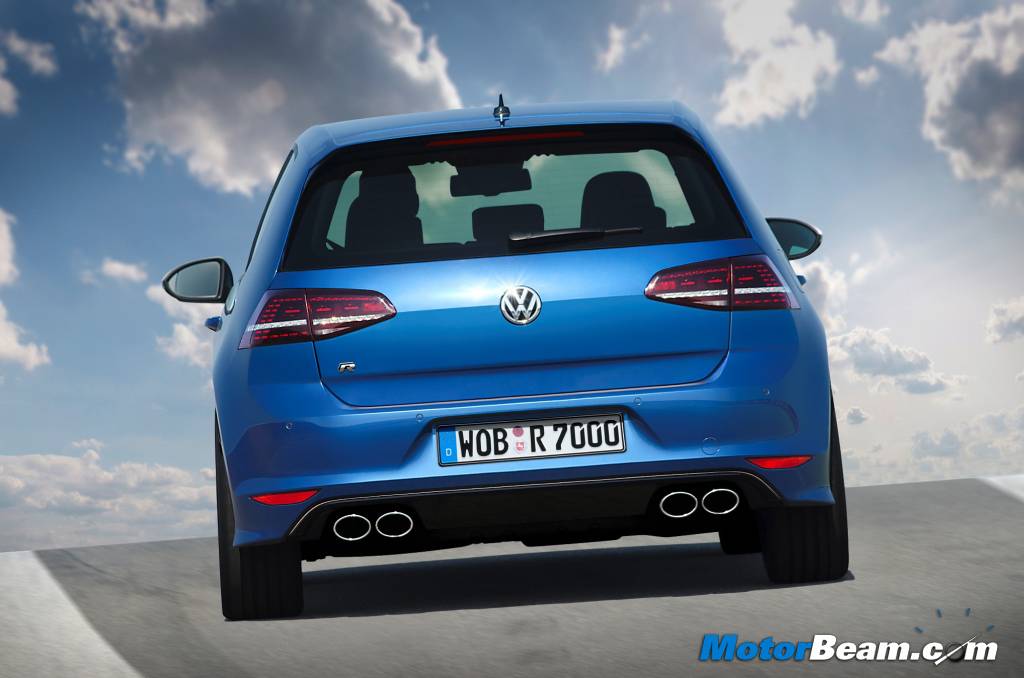
One of the features we enjoyed was being able to drive the car without the intervention of electronic nannies. Unlike the previous-generation Golf R, where, much to the dismay of many track-day enthusiasts, the traction control would reengage whenever the brake was applied. Now, selecting “ESC Off” (via the control button to the left of the shifter) in the newest Golf R really means off. Lightly tapping the ESC button engages the ESC Sport mode, which reactivates the traction-control measures but still lets you get your swerve on before electronic intervention. All this clearly signifies that Volkswagen has made the Golf R for spirited punters who want a genuine fun to drive car which also excels at daily duties.
While Volkswagen has absolutely no plans to bring the Golf to India, let alone the Golf R, the German automaker does know a lot about making high performance hatchbacks which are a good blend of performance and usability.
What’s Cool
* 300 PS engine’s performance
* Sharp handling
* Interior and boot space
What’s Not So Cool
* Not India bound


